In Power BI, have two tables: one for UsersData and one for CountryData. The Username and Country columns can be identified in the UsersData table and the Country and CityName columns are in the CountryData table. The CountryData and UsersData tables are connected by using Country. Visualize the Country name and city in a table in the Power report view.

Requirement: When a user logs into the power bi service, he wants to see only the data related to the user. I looking for any suggestions to implement this scenario without using RLS.

